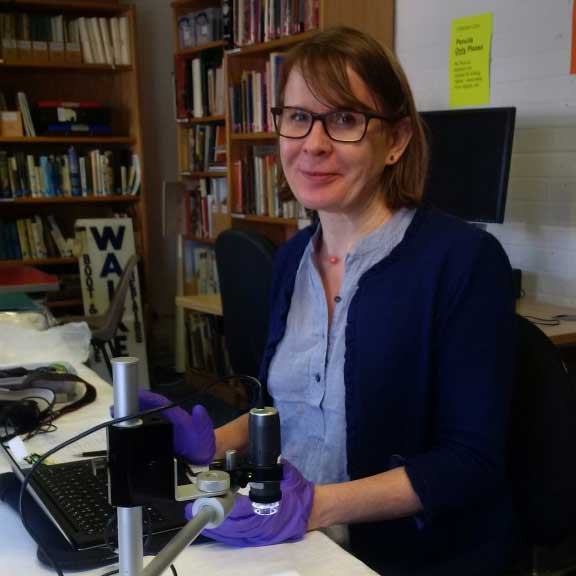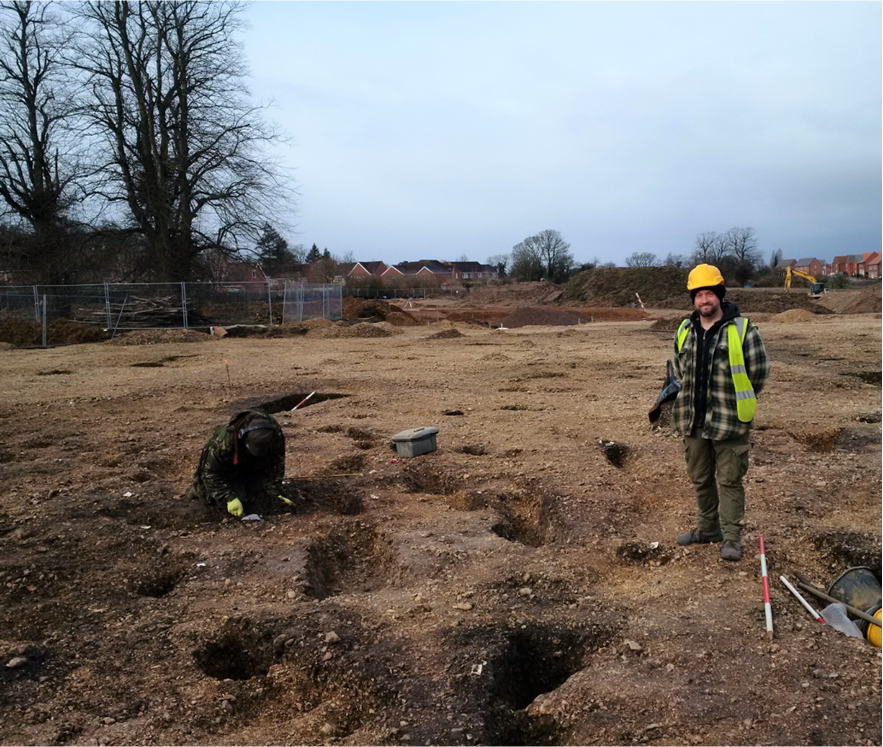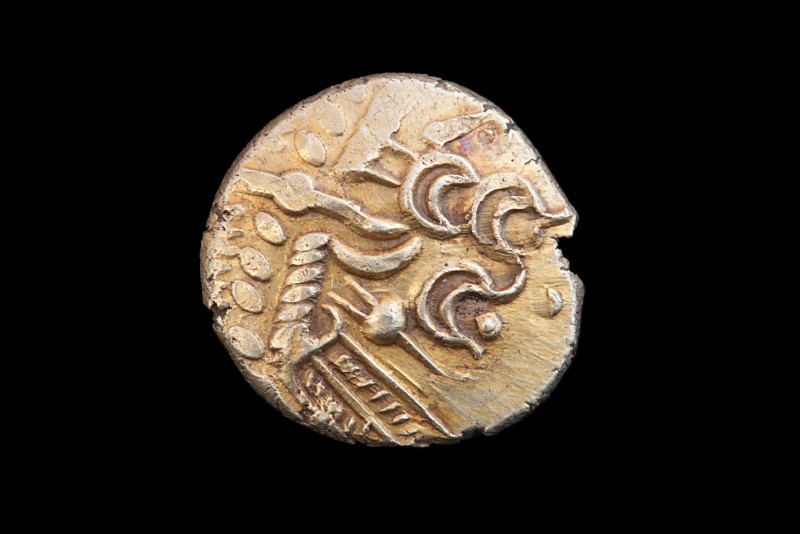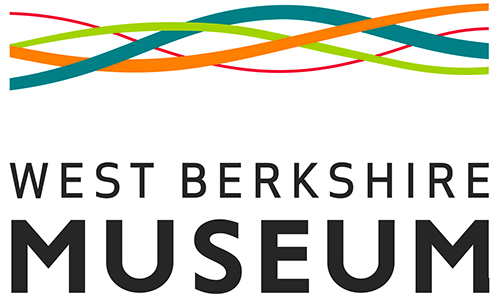The museum has a long tradition of acquiring archaeological material, initially as individual artefacts uncovered locally by various means or sometimes selectively obtained from other places (or other countries). As investigative techniques developed in the 20th century, the importance of context was recognised, so all parts of the archaeological record, including documentation and samples in addition to the finds were gathered into archives. Since 1992 West Berkshire Museum has been the collecting museum for archaeological archives derived from any intervention within the unitary authority of West Berkshire. Most fieldwork is now carried out by contractors in association with development. However ancient objects can also be unearthed by the public as stray finds, some of which are classified as treasure. These well-provenanced portable antiquities are often offered to the appropriate local museum.
Archives generally can contain field notes and records, site plans, drawings, photographs and finds, including:
- animal bones and human skeletons
- metal objects such as jewellery and personal ornaments, weapons, tools, vessels, locks and keys, and fittings for furniture and buildings
- pottery, tile, glass, flint, stonework and building materials
- worked objects of wood, ivory, and recycled animal bone
- slag and other manufacturing waste
- soil samples
Types of archaeological site
The Museum holds archives from a wide range of different types of site. From scatters of Mesolithic flint, Bronze Age hoards, Roman burial grounds, Medieval villages, market towns, Civil War battlefields, to 20th century Peace Camps.
Why do we collect this material?
These collections of objects can tell us how people lived in the past, the things they used, the way they farmed, what they ate and cooked, what they wore.
The museum regularly gets requests to view particular objects for further research. Recent requests have included examining a Bronze Age dagger from Charlton Down, which had originally been wrapped in fabric before being buried, and research into the care of leprosy sufferers from the Medieval Litten Cemetery in Newbury. Sometimes, technological advancements mean that old archives can be reinvestigated, bringing to light new information.
These archives are our heritage which everyone has a right to access. The Museum safeguards public access and promotes engagement through a comprehensive programme of events and exhibitions. Of course, these archives are also our legacy and we have a responsibility to preserve them for future generations. The Museum commits to storing and providing access to West Berkshire’s archaeological archives in perpetuity.
More information and how to make a deposit:
To deposit a site archive please fill in a notification form.
Download the West Berkshire Museum’s Selection and retention guidelines.
Download the procedures on the transfer of an archive and our collecting area.
To enquire about archives within our Collection, please email museum@westberks.gov.uk
To see upcoming events, please view our What’s On page.

Dr Susanna Harris from University of Glasgow, examining a Bronze Age dagger.
Conducting your own archaeological research or commissioning an investigation as part of development?
Contact the Archaeology Service, who maintain and enhance the West Berkshire Historic Environment Record and provide archaeological advice. Information about the services they offer and the data they hold can be found online here: http://info.westberks.gov.uk/archaeology

Excavations by Thames Valley Archaeology in 2021 at New Road, Greenham.
Have you found something interesting that you think may be an archaeological object? Not sure what it is?
The Finds Liaison Officer (FLO) visits the museum once a month when you can bring in your finds to be identified. Please visit the What’s on page to see when the FLO is next visiting the museum. Follow the FLO on social media @berkshireflo on Twitter or @berkshire_flo on Instagram or contact direct on Philip.Smither1@westberks.gov.uk
The Berkshire Finds Liaison Officer helps to deliver the Portable Antiquities Scheme throughout the region. Managed by the British Museum, the PAS records finds and make these publically available through their online database. To find out more visit https://finds.org.uk/

Late Iron Age gold stater of ABC485, ‘Selsey Two-faced’ type, c.60-50BC. From a hoard of 8 found in Wokefield, West Berkshire. NEBYM:2018.54.1.
